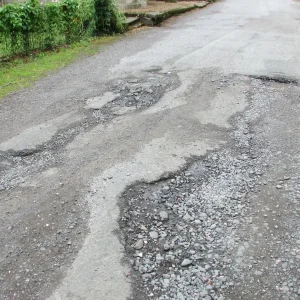The number of public EV chargers in the UK increased by 31% in 2022, according to figures released by the Department for Transport.
The data, supplied by Zap-Map, shows that the number of chargers increased by 8,680 during the year, making a total of 37,055.
The number of rapid chargers – capable of at least 25kW charging – increased last year by 34%, with 6,887 now provided, representing 19% of the overall network.
Statistics have also been published for the fourth quarter of 2022, showing the number of chargers increased by 2,418 during that period, including 492 rapid chargers.
Of the overall public charging network, 49% are classed as destination chargers (in locations where drivers typically stop for extended periods of time, such as car parks), and 32% as on-street chargers.
Reacting to the data, Jon Lawes, managing director of Novuna Vehicle Solutions, said: “With 34% more chargers installed than the previous year, 2022 was a record-breaking year for public electric vehicle (EV) charge point installation. But the reality is, when it comes to delivering adequate EV charging infrastructure in the UK, we’ve still got a very long way to go to match demand.
“The fact remains that the UK has fewer than 38,000 public EV chargers in the ground, a feat that has taken over a ten-years to accomplish. To meet the government’s target of 300,000 charge points by 2030, the UK will need 30,000 devices installed every year for the next seven years.
“That’s a tenfold increase over the previous decade. And even if we achieve this goal, the ratio of EVs to chargers will still increase to 54:1 if only half of the population is driving an EV by that time.
“Charging anxiety isn’t going away. Fundamentally, sustaining the level of EV adoption we’ve achieved to date to become more mainstream by the deadline requires a radical transformation of public charger provision if we are to successfully navigate what is already a bumpy road ahead to 2030.”





